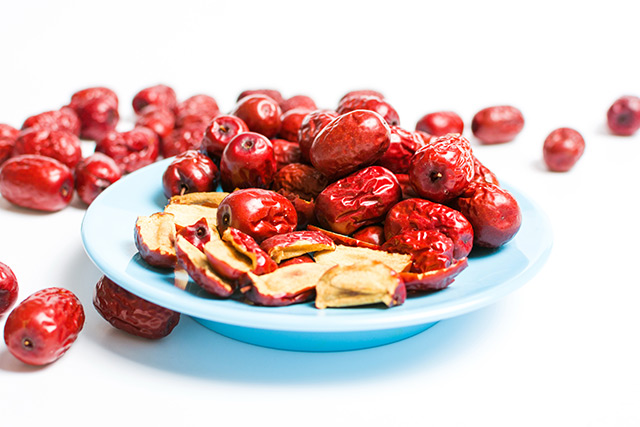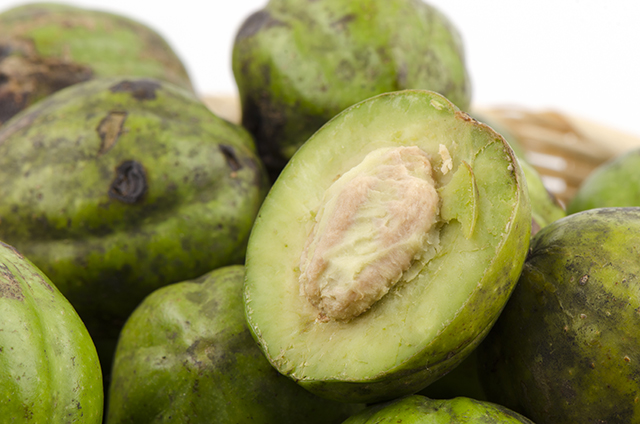Hypertensive? Researchers discover that fermented rice bran can reduce your risk of developing metabolic syndrome
09/08/2018 / By Michelle Simmons

People who are at risk of getting a metabolic syndrome could add fermented rice bran in their diet. A study published in the journal BMC Complementary and Alternative Medicine has revealed that eating fermented rice bran could lower the risk of developing the condition.
This could be greatly beneficial for those who are at risk of having, as well as those currently have, metabolic syndrome. The condition, in itself, is a complicated multifactorial disorder marked by hypertension, insulin resistance, dyslipidemia, and impaired glucose homeostasis. The findings presented in this study also highlight new therapeutic approaches to better control the conditions that come with metabolic syndrome. In particular, the team investigated the effects of fermented rice bran – that is, a byproduct of the rice milling process – against metabolic syndrome in stroke-prone spontaneously hypertensive mice.
For the study, the research team prepared fermented rice bran through a dual fermentation of rice bran using fungi and lactic acid bacteria. Rice bran is a byproduct is known to be a great source of dietary fiber and different bioactive compounds. The fermented rice bran by the research team has greater levels of lipid, dietary fiber, and phenolic compounds compared to non-fermented rice bran. In addition, fermented rice bran is more flavorful and palatable than non-fermented rice bran.
The team then orally gave a single-dose of fermented rice bran to a group of mice. They also orally supplemented fermented rice bran for four weeks in a different group of mice.
The results of the study showed that the single-dose oral administration of fermented rice bran only lowered systolic blood pressure. On the other hand, the four-week supplementation of fermented rice bran reduced both systolic and diastolic blood pressure.
The supplementation of rice bran also improved leptin impairment and raised serum adiponectin levels. It reduced blood pressure by increasing serum angiotensin-converting enzyme (ACE) inhibitory activity. Glucose impairment and insulin resistance also improved.
The findings of the study suggested that fermented bran may lower hypertension and reduce the risks of metabolic syndrome. Thus, the researchers concluded that fermented rice bran could be a potential functional food for lowering hypertension and improving or preventing metabolic syndrome. (Related: 5 Reasons to Consume this Every Day.)
More ways to prevent and manage metabolic syndrome
In the U.S, metabolic syndrome has become increasingly common. In fact, around 34 percent of adult Americans are estimated to have it, and the risk of developing metabolic syndrome increases with age. Generally, excess weight and lack of physical activity result in metabolic syndrome. However, there are five specific risk factors for it. These include the following:
- High blood pressure
- High blood sugar
- High levels of triglycerides in the blood
- Large waist circumference or “apple-shaped” body
- Low levels of high-density lipoprotein (HDL) or “good” cholesterol in the blood
Metabolic syndrome is diagnosed if you have at least three of these risk factors. Fortunately, metabolic syndrome can be prevented, managed, or even reversed. Here are some things you can do:
- Eating healthy – Following a diet rich in whole grains, fruits, vegetables, lean meat, skinless poultry, non-fried fish, and low-fat or fat-free organic dairy products. Furthermore, refrain from eating foods that are high in saturated and trans fats, sodium, and added sugar. Specifically, you can include wheat germ oil, sunflower seeds, almonds, hazelnuts, spinach, and broccoli to your diet. These foods are found to be rich in vitamin E that help fight the effects of metabolic syndrome. With metabolic syndrome, the levels of oxidative stress and inflammation are greater. Thus, people with the condition will need more antioxidants, such as vitamin E, to fight these harmful effects.
- Start moving – Start engaging for at least 150 minutes of moderately vigorous physical activity each week. The easiest way to get started is through walking. You can also divide your exercise into several 10-minute sessions throughout the day to reach your goal.
- Lose weight – Losing weight and maintaining a healthy weight can help reduce the risk of heart disease. Learn to balance healthy eating with a healthy level of exercise.
Read more news stories and studies on healthy foods by going to FoodScience.news.
Sources include:
Tagged Under: alternative medicine, blood pressure, diabetes, diabetes prevention, fermented rice bran, food, food cures, foodscience, functional food, high blood pressure, hypertension, metabolic syndrome, metabolism, natural cures, natural medicine, natural remedies, prevention, rice bran, supplements



















